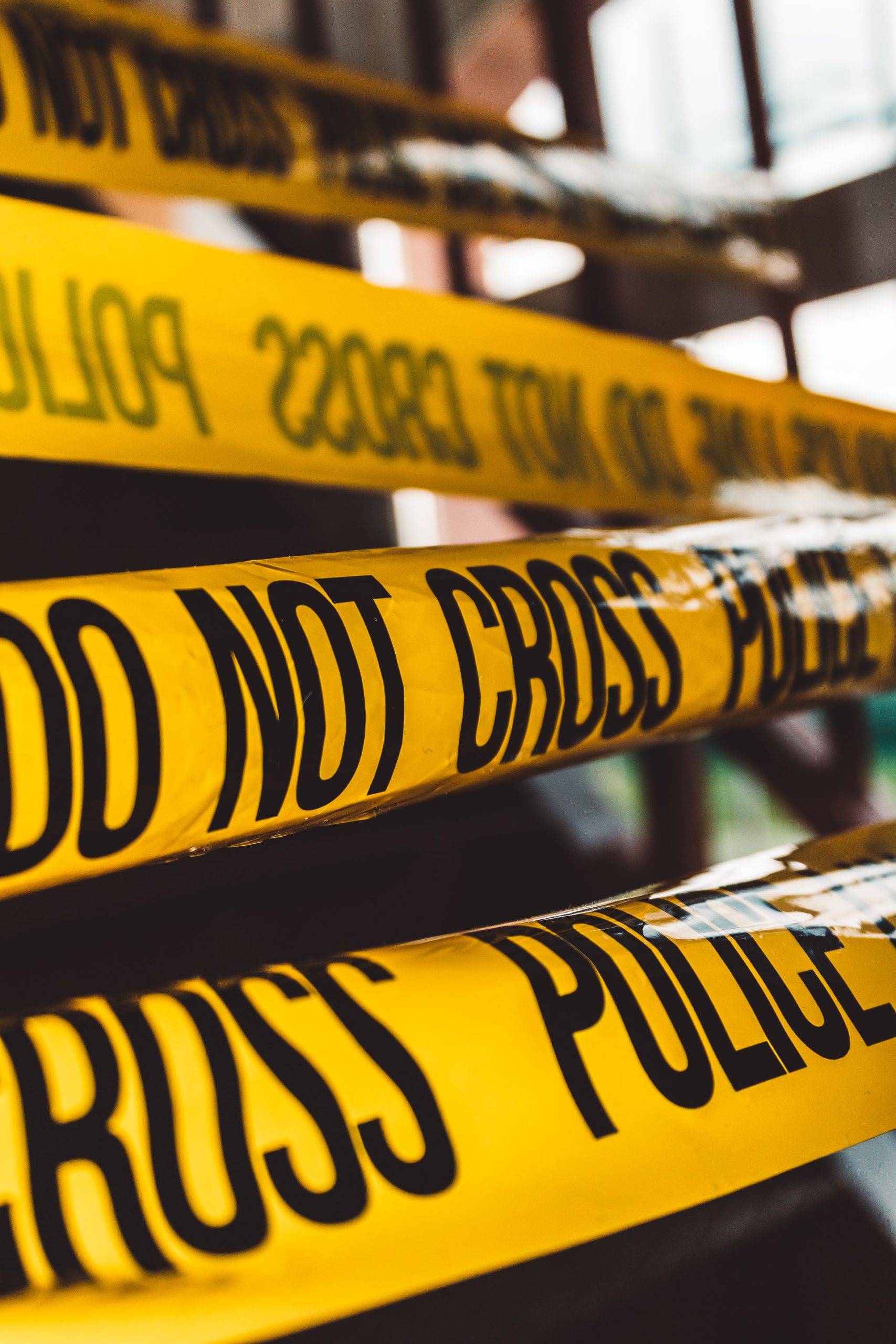What is this standard about?
This standard is designed to help people respond effectively when an accident or crime has caused damage to property or other assets. It applies to a wide range of incident types, including fires, floods, contamination and explosions. It does not advocate specific technologies or methodologies, but rather identifies generic processes applicable to all these incidents.
Who is this standard for?
Compiled in line with good risk management practice and insurance principles, BS 12999 is for individual damage management practitioners or organizations.
It’s also relevant to anyone who might be affected by damaging incidents, including:
- Property owners
- Emergency responders
- Insurers
- Facilities management
- Government departments and local authorities
Why should you use this standard?
It outlines how to reinstate property and assets, providing much needed support to those affected. It supplies:
- Best practices to stabilize, mitigate, remediate and restore damage
- A simple method to establish whether these activities have been conducted well
- A guide to communication between parties who should be aware of an incident’s status
- A standard way to understand the impacts to sensitive environments or ecological sites, respectively the 14 category and IIA damage categories
It explains with examples why damage management processes should be communicated and documented, both to prove that the damage has been managed correctly and that the process conforms to the standard.
What is damaged property and assets?
Damage to property includes consequential damage to ancillary property, building, facility, site or structure arising from a violent or accidental act that has occurred at the place of the property. The process to manage damage to the property described in this standard will often be a valid guide to the procedure for managing any damaged ancillary property
What is not covered by this standard?
This standard does not offer methods or techniques to handle incidents. It does not prescribe any one approach to managing incidents.
It describes a series of processes to deal with the incident, so that the damage is repaired and reinstated in a timely manner.
One of the challenges in writing and implementing this standard is that damage management covers many different kinds of incidents with many different types of cause, potential consequences and modes of intervention. The four damage management processes described in this standard are as follows.
A standard approach is described, with guidance on when and how to apply it.
Where did this standard come from?
It was developed by the technical committee on property, buildings and estates of The Institution of Civil Engineers (ICE). It was compiled by ICE in collaboration with a group of leading experts in the field, including representatives from major insurance companies, and during consultation in September 2013.
It is based closely on the guidance notes contained in BS5288-2:2008 Damage to premises and land – Pre-investigation procedures and response to emergency incidents. This was also set by ICE’s technical committee on property, buildings and estates.
















